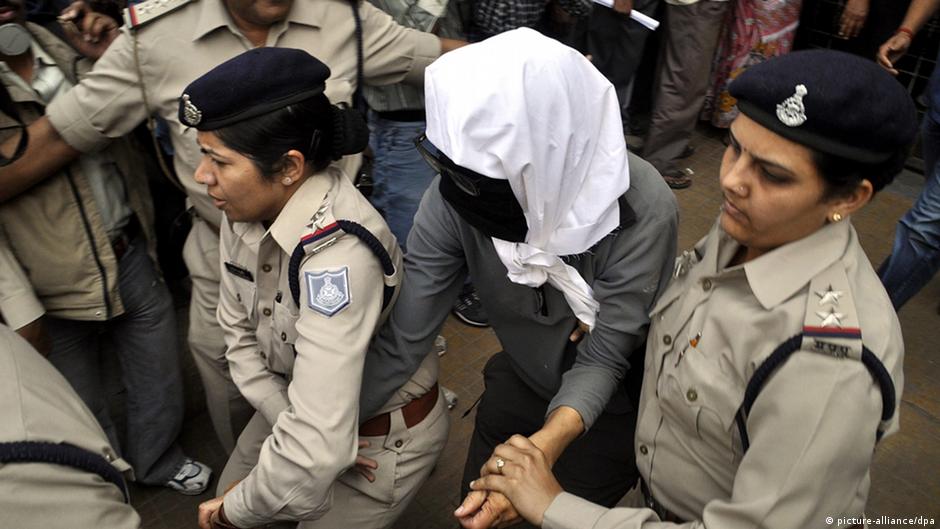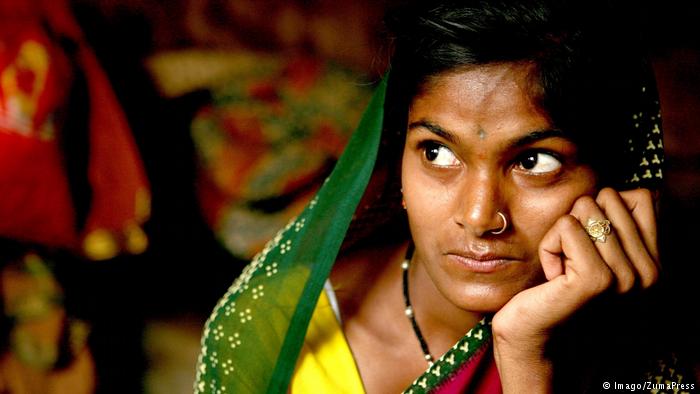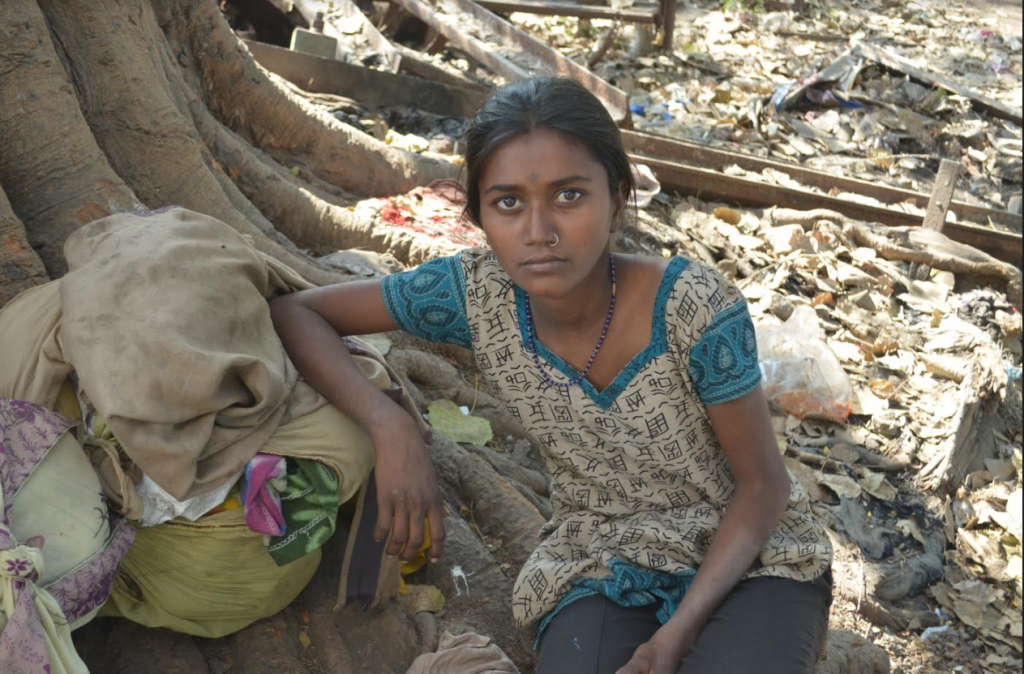The state of democracy
 Everything was a failure that day,” says Jyoti’s companion on that fateful ride. From the taxi drivers who ignored the rules to the police “not working properly,” to the hospital facilities, which were “very poor”, to the indifference of the passers-by. In her last blog in the series on the rape incident that occurred last year in December in India, Dr. Kanchana Lanzet tries to capture the plight of the average Indian citizen.
Everything was a failure that day,” says Jyoti’s companion on that fateful ride. From the taxi drivers who ignored the rules to the police “not working properly,” to the hospital facilities, which were “very poor”, to the indifference of the passers-by. In her last blog in the series on the rape incident that occurred last year in December in India, Dr. Kanchana Lanzet tries to capture the plight of the average Indian citizen.
In most critiques of the Indian society there is hardly any mention of India’s educational system, especially its school system. India has a two class system, the free government schools and the costly private schools. Children of the poor, both from rural and urban areas, attend government schools. The dropout rate is high. These children grow up to work as wage-earners, labourers, domestic servants, cleaners in hospitals, drivers et cetera. They serve those who are born into the fortunate classes and help them maintain their comfortable lifestyle. In India, a uniform system of education is lacking, a system which gives every citizen of the country equal access to life’s chances. The injustice of deprivation is a good breeding ground for frustration and anger which may eventually lead to anti-social behaviour, crime and even violence, especially violence against women.
My great hope: India’s Civil Society
The most active component of the Indian civil society is its many Non-Governmental Organisations (NGOs). Sure, there are some rotten apples that form a part of the overall corrupt system, but in many regions and on many issues, they are an important and positive force to be reckoned with. Different governments were and are trying to repress and criminalize them. The nature of the civil society organizations, their roles and functions vary from area to area. But Indian society today owes its political, environmental and gender awareness to these organizations.
They pursued educational and organisational work for better income and better access to resources, pulled Dalits out of untouchability and perpetual debt, helped tribal communities to secure their lands and keep multinationals from exploiting it. They worked for gender justice and women’s rights and mediated in areas of conflict. In the rural areas and slums, they built Sangams or Community-based Organizations (CBOs). Social Activism is strengthened by developmental activities. One has to acknowledge their success in not only service delivery but also minor socio- political change because even small achievements are the result of intense and long struggles.
Women’s Sangams and Women’s Empowerment
Initially, women’s Sangams (women’s community-based orgainsations) provided women a free and secure space where women could gather and speak openly about their family problems, like a drunkard husband, their daughter’s marriage, illness, financial problems and so on. Through the sharing they discovered that many individual problems were also the problems of other women in the community. Skill training and employment schemes were implemented and women’s federations were built.
Empowering women means disturbing the balance of power not only in the public sphere but also in the private sphere. For the big landowners, on whose lands many of the women work. When women claim their rightful wages, it is an affront to their traditional might as a landlord and rape is a conventional weapon to subjugate and intimidate women. These cases have gone unheard even when they have been reported. Sexual harassment of women is rampant, both of the NGO women staff as well as of women belonging to Sangams.
Women Activists Groups
India’s Ruth Manorama, the winner of the Alternate Nobel Prize has successfully organized a politically strong federation of Dalit women across the borders of the states of Tamil Nadu and Karnataka. A number of Indian Women’s organizations well known in international circles are committed to the cause of raising the social and the cultural status of the Indian woman. Women’s groups, legal aid networks and NGOs supported by socially aware journalists have been involved in the fight against female foeticide and female infanticide (the term femicide includes both) and to deal with dowry deaths.
The list is long but given the socio-cultural and religious factors that govern life, a feudal mindset is still governing the political system. Any work to raise the consciousness of people is extremely difficult. It requires a change in male perceptions of women and a new picture of manliness and masculinity by both men as well as women. For women to walk with dignity and freedom, a social transformation is needed- a tilt of the power balance between men and women in all spheres of life. However, upsetting normalcy and traditions is dangerous in any society.
Call to the Civil Society
At present, NGOs work and network based either on a common ideology and approach or in the event that they share the same areas of work. Groups may come together for a common purpose, for example, the celebration of women’s day on March 8. Gandhian development organisations often network amongst themselves but more radical groups view Gandhians as ‘traditional’. Yet, sexual harassment of any kind especially rape and brutalization of women is one issue that cuts across all borders of caste, creed, ideology, ethnicity, race, class or nation.
A rape is a rape! It is high time, the civil society joins hands to create safe spaces to prevent atrocities on girls, boys and women. Common actions, campaigns, advocacy work and lobbying at grassroot and political levels against sexual assault, rape and violence against women including domestic violence is the urgent need of the day. What is needed for the cultural empowerment of women in India is the change of roles, values and attitudes. The number of women in high places in Indian administration, politics and the economy is not a problem in India, what we need is a change of culture that enables men and women to see themselves as equals with dignity in all aspects of life notwithstanding, whether they belong to the rich or poor, rural or urban, traditional or modern classes.
Author: Kanchana Lanzet
Editor: Manasi Gopalakrishnan
You can read the other blogs in the series here:






